Connected with Planet Earth
Today we will look at two ways in which the whole planetary context in which flowers and their pollinators live affects their lives. I think you will be surprised!
Walking through nature with John Palka, a neuroscientist who loves plants and ponders big questions
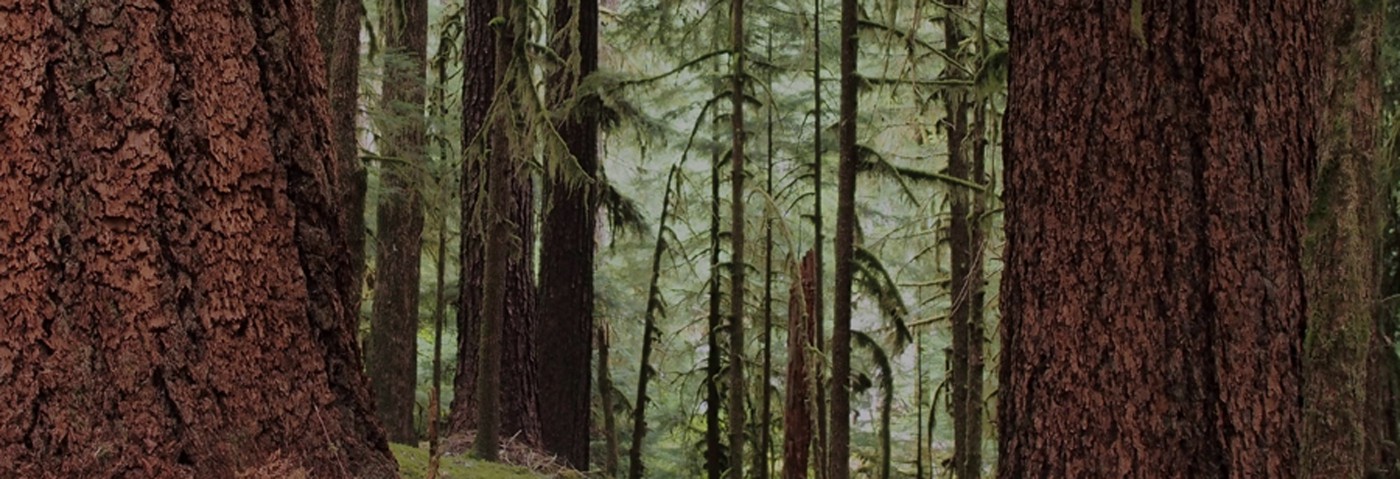
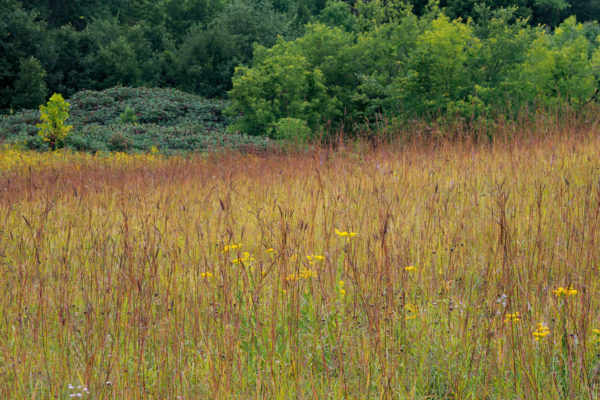
Today we will look at two ways in which the whole planetary context in which flowers and their pollinators live affects their lives. I think you will be surprised!

The paths that fan out from the Eastman Nature Center near our home in Maple Grove, Minnesota, continue to be a source of inspiration for me. I go walking there almost every day, and each time something new catches my eye and finds its way into my camera.
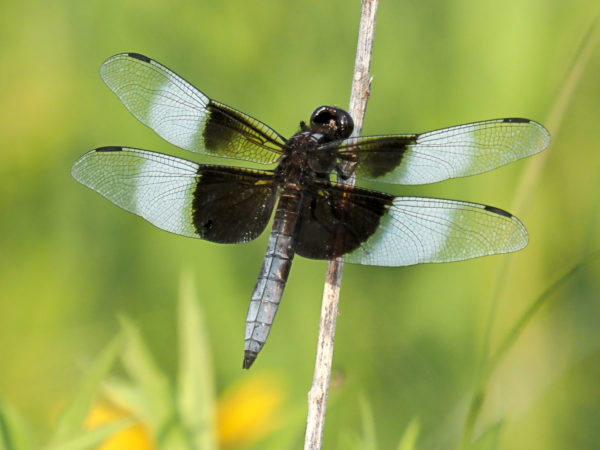
The last piece I wrote for Nature’s Depths, dated November 24, 2019, bore the name “Beauty and Love.” Almost exactly eight months have passed since then, eight months since my beloved of sixty years left this world, eight months since my life was permanently changed. And yet, some important things have not changed, and walking in Nature with open eyes, an inquisitive mind, and a responsive heart is one of them.
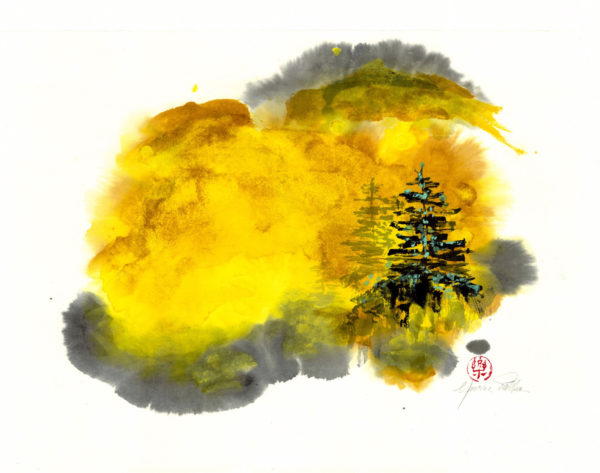
Not long ago my wife, Yvonne, and I got up at 4:00 o’clock in the morning to drive out to the Sherburne National Wildlife Refuge north of Minneapolis to observe the sandhill cranes.
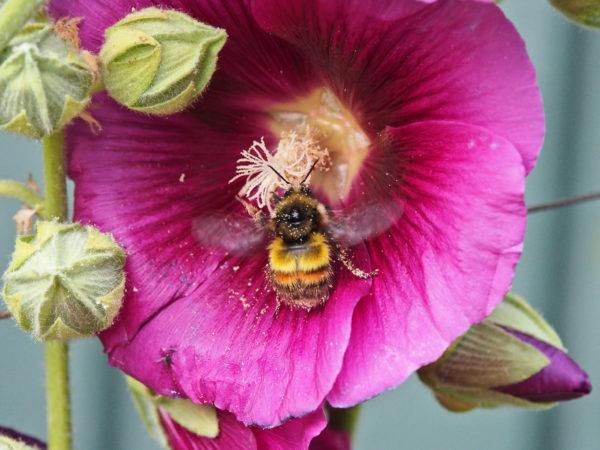
The back wall of the house where we spend each summer is lined with plants that have been among my favorites since my childhood—hollyhocks (Alcaea, most often A. rosea, Family Malvaceae). The stems grow tall enough to project above the rain gutters. The buds at the top give way to open flowers below, and then to maturing fruits near the bottom. Every morning bumblebees arrive to frolic in the flowers, flitting from one to another. A garden paradise awaiting a close look!
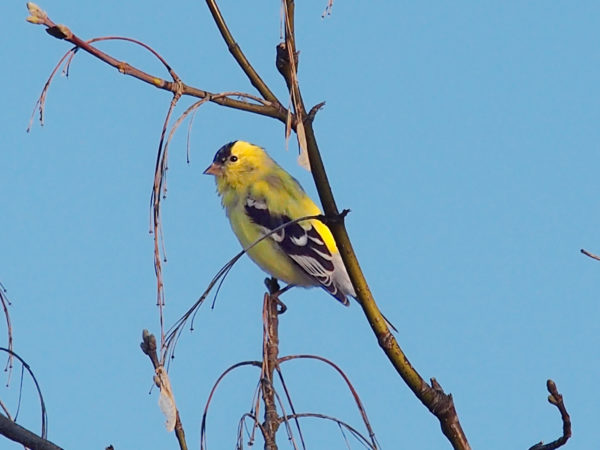
Many birds are clad in brilliant plumage, especially in springtime. The color patterns in the plumage are highly specific and are used by the birds as social signals or for camouflage. To a biologist, the feathers themselves raise a host of questions. Read More